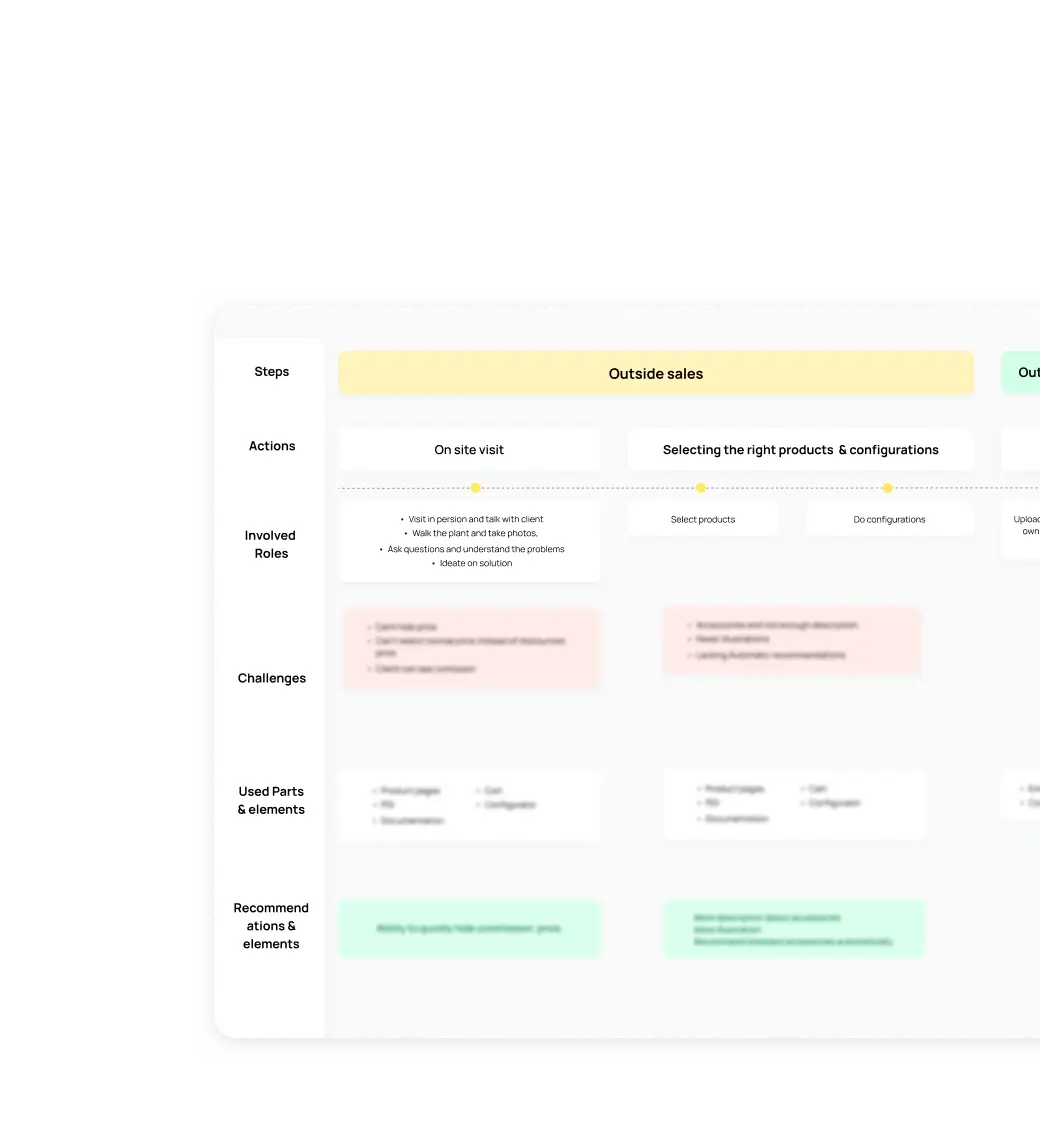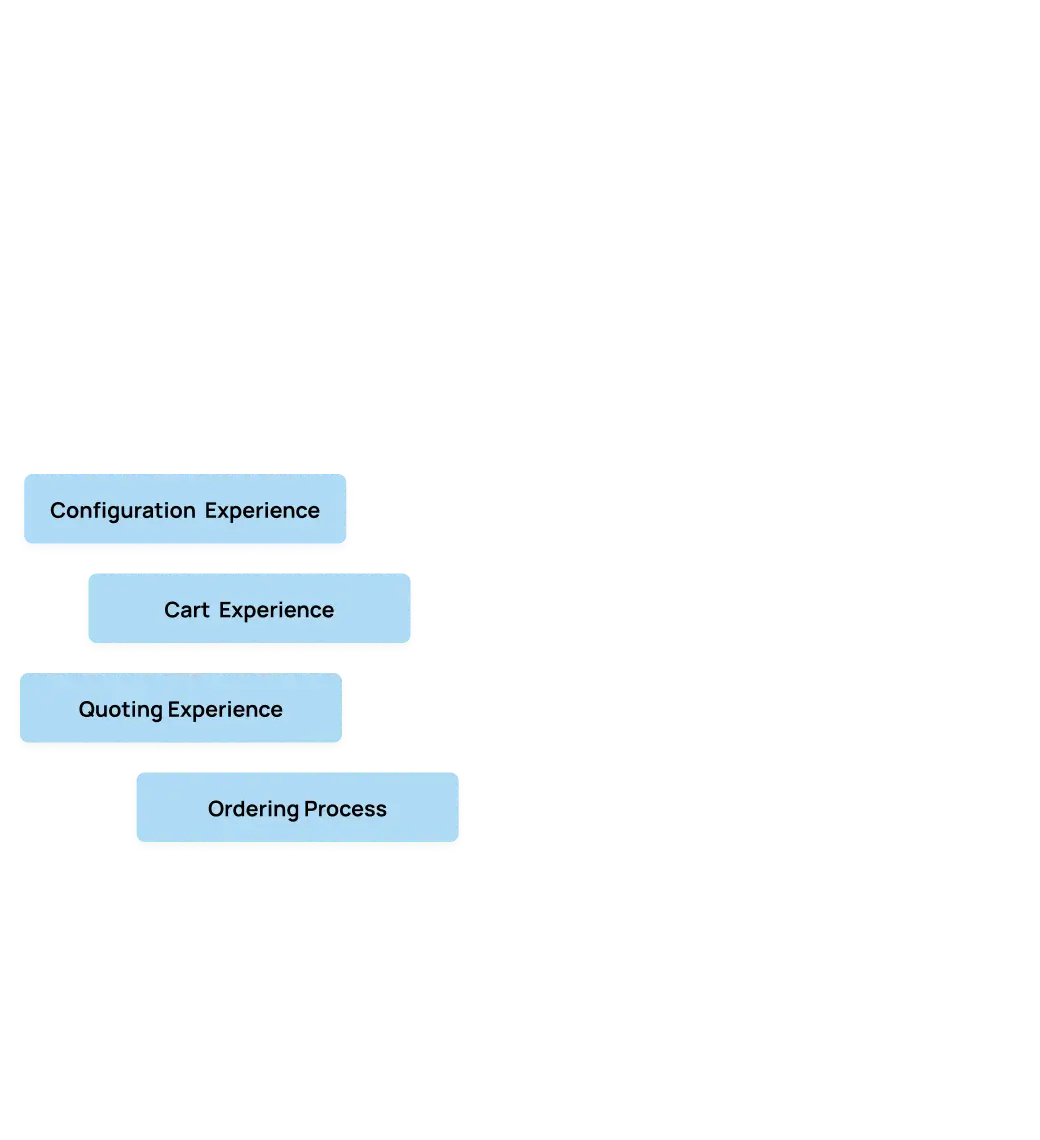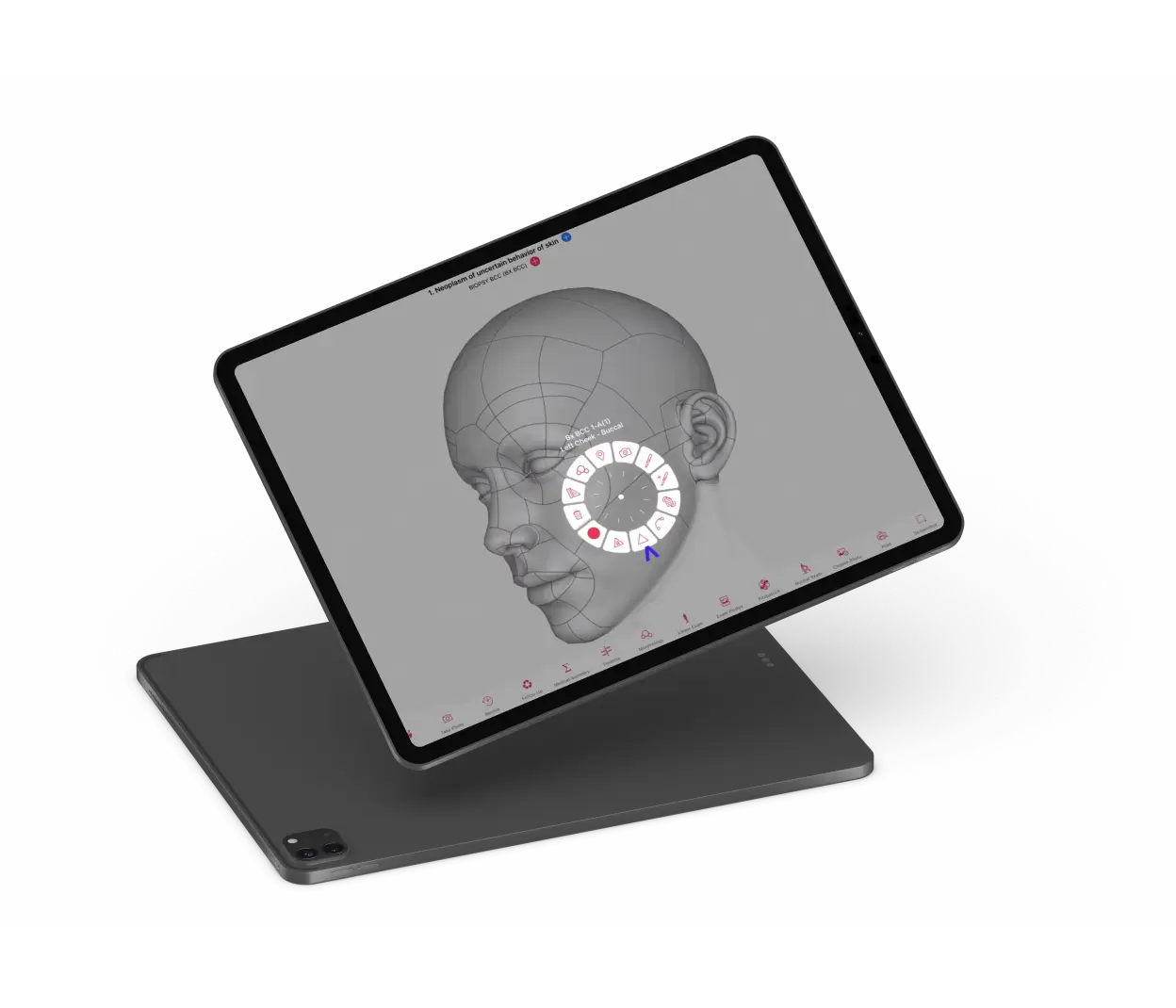Goal
Since our client is a global B2B seller mostly operating through local distributors, multiple people are involved in their buyer journey, from engineers to purchase managers. Recognizing the possibility of friction, they wanted to make sure that the purchasing flows, especially quote requests, were as smooth as possible.
Challenge
When researching a global audience, we must always consider regional differences and language barriers. With operations in over 50 countries and across many industries, our clients’ market is broad and diverse. This impacts the buying process. We created a research plan to explore a great variety of purchasing scenarios in a short amount of time.
Outcome
Our UX researcher ran user interviews with various user groups, including customers, engineers, representatives, traders and resellers. These interviews gave us firsthand insight into the buying process in practice, the roles involved, and how the client compares to competitors.
In combination with the interviews, we ran contextual inquiry to check if the portal meets expectations and to uncover any hidden issues.
We identified areas of improvement for distinct user groups, and worked with the client on how to elevate the ordering flow.















